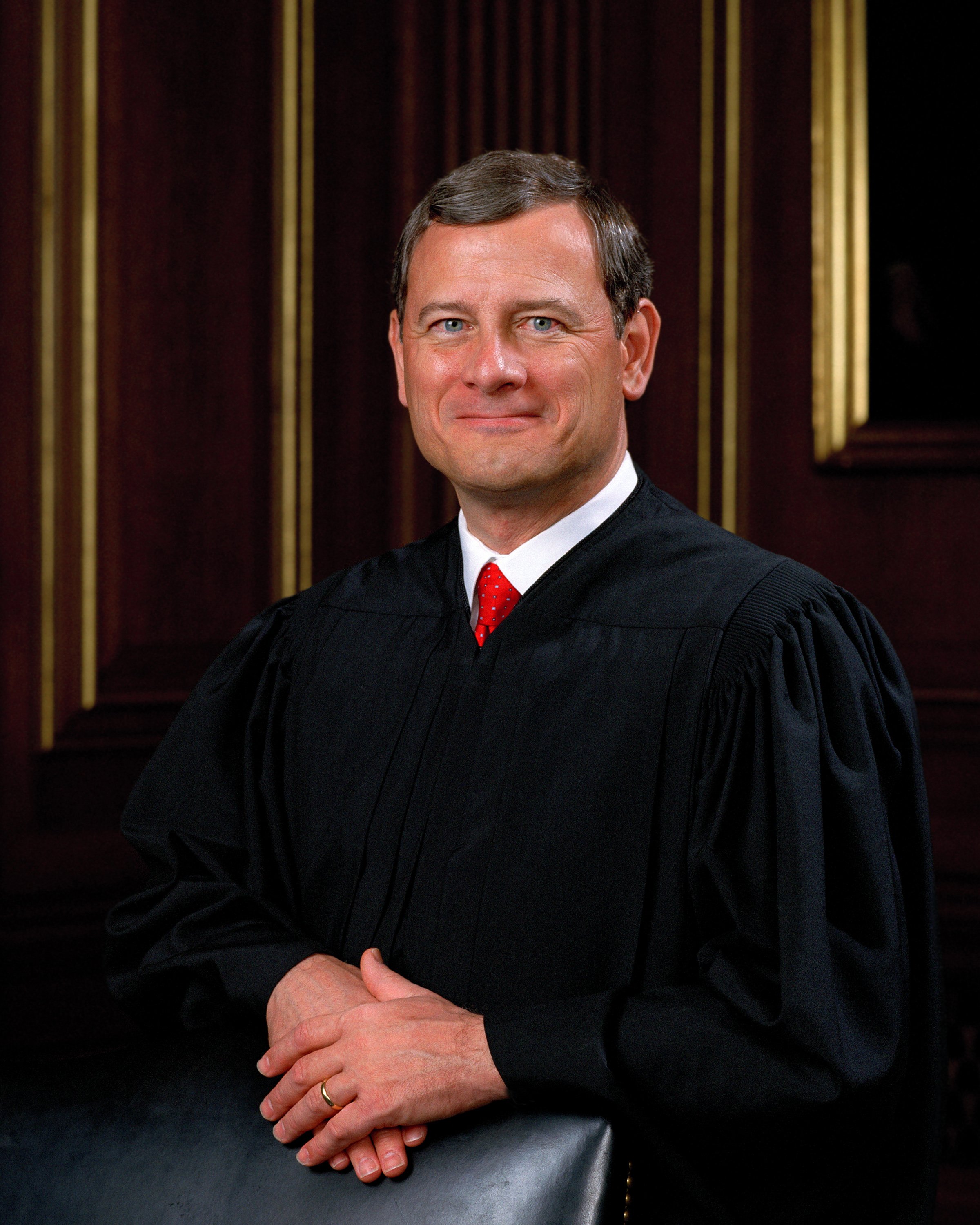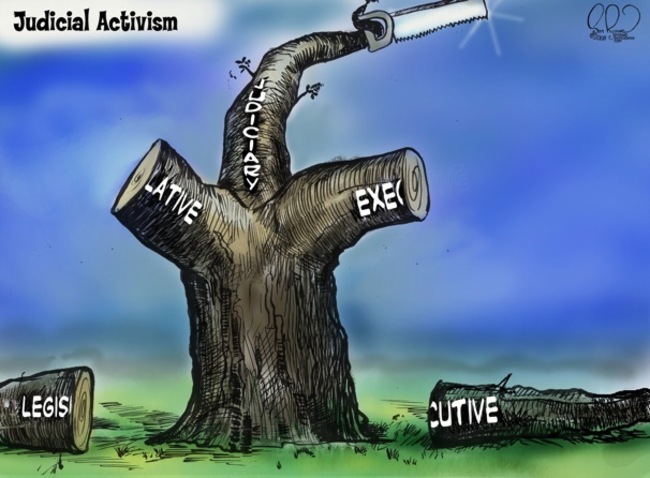In Federalist
No. 78, Hamilton argued for life tenure for federalist judges. Hamilton said
the judicial branch would be the weakest of the three branches, and the best
way to ensure that judicial decisions are fair is to ensure they are free of
all allegiances except of to the rule of law.
The Supreme
Court is the nation’s highest court. A court’s jurisdiction is its authority to
hear cases of a particular type. Original
jurisdiction is the authority to be the first court to hear a case. The
Supreme Court’s original jurisdiction includes legal disputes involving cases
in which the opposing parties are state governments. Appellate jurisdiction is the authority to review cases that have
already been heard in lower courts and are appealed to a higher court by the
losing party. Higher courts are called appeals courts or appellate courts. The
Supreme Court does its most important work as an appellate court. Appellate
courts do not retry cases, but determine whether a trial court has acted in
accord with applicable law.
The Supreme
Court’s strongest power is judicial
review, where the Supreme Court declares another institution’s actions
unconstitutional. In Marbury v Madison,
the Supreme Court rebuked both the Congress and the President. The Supreme
Court’s primary responsibility is to establish legal precedents through which to guide lower courts.
If at least
four out of nine justices agree to hear a case, the Court issues a writ of certiorari, which is a request
to the lower court to submit to the Supreme Court a record of the case. Each
year about 8000 cases apply, but fewer than a hundred are granted certiorari.
The solicitor general is the top lawyer for
the United States Government. The Supreme Court is most likely to grant cases
appealed by the solicitor general.
 |
| John Roberts: sexy, conservative chief justice |
During a
Supreme Court hearing, each side provides the Court a written brief. An amicus curiae is a brief submitted by a “friend of the court”. The
oral session is followed by the judicial
conference, which is where the judges debate in secrecy. The chief justice
has the choice to be the first speaker, through which he or she can persuade
the rest of the justices on a certain issue.
The court decision indicates
which party the Court supports and by how large a margin. An opinion includes the legal basis for a
decision. When a majority of justices agree, there is a majority opinion. A concurring
opinion is written when a judge votes with the majority but disagrees on
the reasoning. A judge who votes
against the majority writes a dissenting
opinion.
District courts are the lowest federal courts. When the losing side
appeals, the case goes up to the US Courts of Appeals. The US has thirteen
courts of appeals, eleven of which handle a circuit of which contains several
states. Another has a jurisdiction over appeals arising in the District of
Columbia and the other (The US Court of Appeals for the Federal Circuit) has
jurisdiction over appeals involving patents and international trade. Less than
1% of cases heard by federal appeals courts are heard by the Supreme Court.
State courts decide more than 95%
of the cases in the United States. This is because state laws differentiate
from federal laws, and federal laws may not cover most issues.
The doctrine of judicial activism says that judges
should actively interpret the Constitution to reflect current conditions and
values. Warren Court in the late 1960s to the mid-1980s was a court of liberal
tendencies and made many key decisions supporting civil rights. On the
contrast, judicial restraint says
that judges should do little to play policymaking roles and leave them to the
legislatures. Rehnquist Court in the late 1980s to mid-2000s was a court of
conservative tendencies.


No comments:
Post a Comment